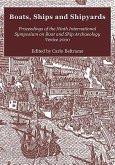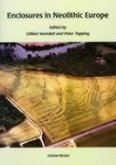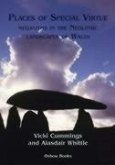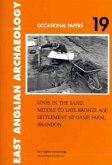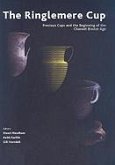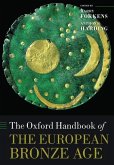"This book is about two islands off the coast of Continental Europe, the seas that surrounded them, and the ways in which they were used over a period of three thousand years. Instead of the usual emphasis on finds in the intertidal zone, it focuses on parts of Britain and Ireland where traces of the prehistoric shoreline survive above sea level. It explores a series of Neolithic and Early Bronze Age sites which were investigated in the nineteenth and early twentieth centuries and have been largely forgotten. These places were very different from the Iron Age ports and harbors studied in recent years. How can we identify these special sites, and what are the best ways of interpreting them?The book considers the evidence for travel by sea between the settlement of the earliest farmers and the long distance movement of metalwork. It emphasizes the distinctive archaeology of a series of coastal locations. Little of the information is familiar and some of the most useful evidence was recorded many years ago. It is supplemented by new studies of these places and the artifacts found there, as well as reconstructions of the prehistoric coastline. The book emphasizes the important role of 'enclosed estuaries', which were both sheltered harbors and special places where artifacts were introduced by sea. Other items were made there and exchanged with local communities. It considers the role played by these places in the wider pattern of settlement and their relationship to major monuments. The book describes how the character of coastal sites changed in parallel with developments in maritime technology and trade. The main emphasis is on Neolithic and Early Bronze Ages uses of the seashore, but the archaeology of the Middle and Later Bronze Age provides a source of comparison."--


